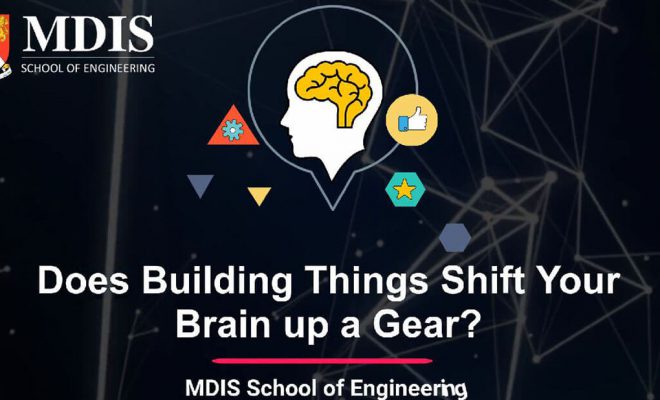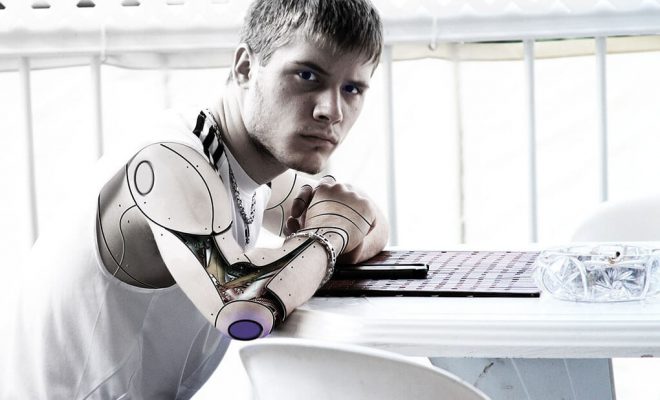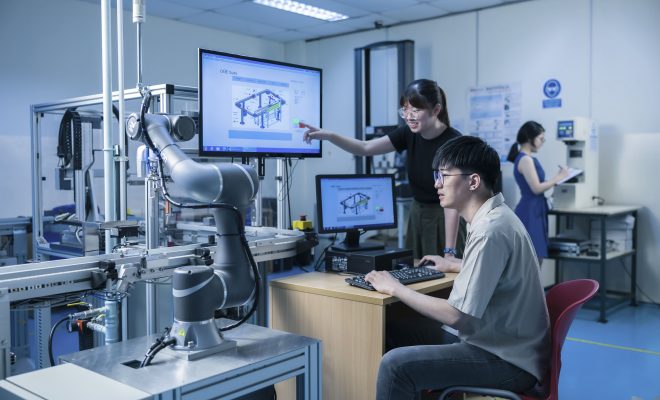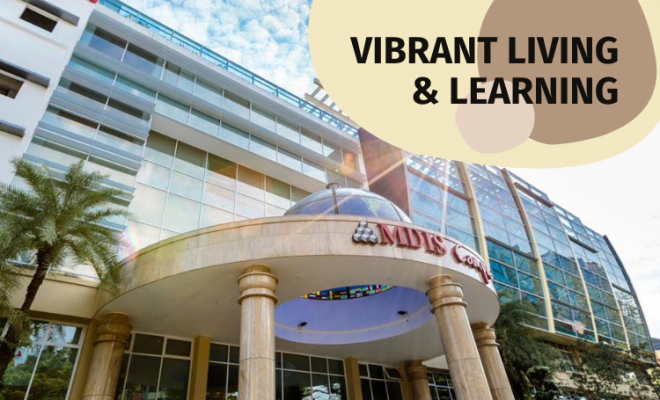3D Printing: An introduction
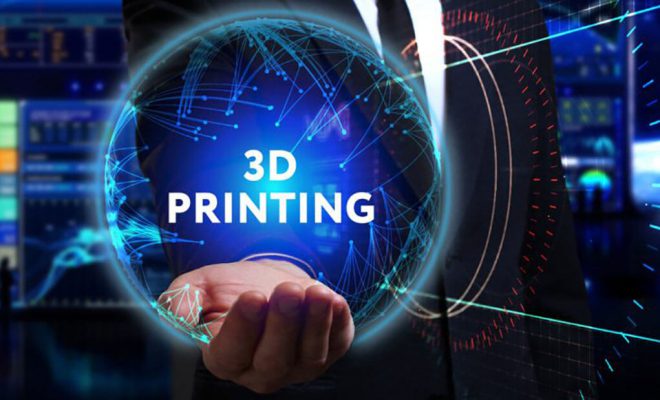
The first thing to understand is that 3D printing is actually an umbrella term that encompasses a group of additive manufacturing processes. In total, seven different categories of additive manufacturing processes have been identified and established namely:
1. Vat Photo-polymerization
A vat of liquid photopolymer resin is cured through selective exposure to light (via a laser or projector) which then initiates polymerization and converts the exposed areas to a solid part.
2. Powder Bed Fusion
Powdered materials are selectively consolidated by melting it together using a heat source such as a laser or electron beam. The powder surrounding the consolidated part acts as support material for overhanging features.
3. Binder Jetting
Liquid bonding agents are selectively applied onto thin layers of powdered material to build up parts layer by layer. The binders include organic and inorganic materials. Metal or ceramic powdered parts are typically fired in a furnace after they are printed.
4. Material Jetting
Droplets of material are deposited layer by layer to make parts. Common varieties include jetting a photocurable resin and curing it with UV light, as well as jetting thermally molten materials that then solidify in ambient temperatures.
5. Sheet Lamination
Sheets of material are stacked and laminated together to form an object. The lamination method can be adhesives or chemical (paper/ plastics), ultrasonic welding, or brazing (metals). Unneeded regions are cut out layer by layer and removed after the object is built.
https://www.youtube.com/watch?v=5ga3sezH-Xc
6. Material Extrusion
Material is extruded through a nozzle or orifice in tracks or beads, which are then combined into multi-layer models. Common varieties include heated thermoplastic extrusion (similar to a hot glue gun) and syringe dispensing.
7. Directed Energy Deposition
Powder or wire is fed into a melt pool which has been generated on the surface of the part where it adheres to the underlying part or layers by using an energy source such as a laser or electron beam. This is essentially a form of automated build-up welding.
The above classifications have been developed by the ASTM International Technical Committee F42 on additive manufacturing technologies. The work of this Committee focuses on the promotion of knowledge, stimulation of research, and implementation of technology through the development of standard.


